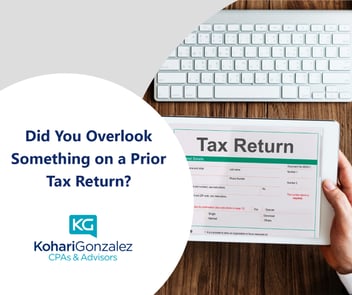
Article Highlights:
- Overview of IRS Personnel Reductions
- IRS's Strategic Position
- Data Security Measures
- Managing Expectations: Refund Processing
- To Optimize Refund Speed
- Extension Options for Tax Filings
- Special Situations
In a huge change in the tax landscape, the Internal Revenue Service (IRS) is expected to lay off around 6,700 workers in the midst of tax season. As of the announcement, the IRS had increased its personnel to over 100,000 people as a result of recruiting programs launched by the Biden administration to improve enforcement, especially against rich taxpayers. However, the present reduction is part of a larger governmental reorganization push launched by the "Department of Government Efficiency," which is run by deputies who share Elon Musk's vision for simplified operations.
Overview of IRS Personnel Reductions
The layoffs affect a wide variety of IRS positions, including revenue agents, customer service representatives, independent experts handling tax dispute appeals, and IT staff. This decision has caused waves in Washington, with various stories appearing regarding possible service outages, data security issues, and the resulting effect on taxpayer experiences. Those anticipating tax returns should be especially concerned, since unexpected delays may have an impact on family financial planning throughout the country.
IRS's Strategic Position
Despite these personnel reductions, the IRS is committed to ensuring a smooth tax filing season that adheres to the presidential orders while minimizing interruptions. Official messages from the agency indicate that efforts are ongoing to manage resources effectively while maintaining service standards. However, this is a changing scenario, with continuing litigation and prospective regulatory changes looming, which may alter the present course of operations.
Data Security Measures
For individuals worried about data security during these transitions, the IRS maintains strict standards to protect sensitive taxpayer information. These rules apply to all parties with data access, regardless of employment position with the IRS, ensuring the integrity and security of taxpayer information.
Managing Expectations: Refund Processing
Taxpayers worried about possible refund processing delays may use the "Where's My Refund?" feature to get real-time progress updates, which are normally accessible 48 hours after e-filing. Refunds from paper or revised returns may take longer to reflect in the system, with processing times of up to 16 weeks. Taxpayers with modified returns may visit the "Where's My Amended Return?" tool for updates.
Under normal conditions, refund processing times are as follows:
- E-filed returns take up to 21 days.
- Amended or mailed returns take at least 4 weeks.
- Returns requiring extensive review: longer durations.
Early filers claiming the Earned Income Tax Credit (EITC) or Additional Child Tax Credit (ACTC) and filing online with refunds by direct deposit should expect to receive their refunds by March 3, assuming no anomalies exist. Legally, EITC and ACTC refunds cannot be granted until mid-February, and any difficulties encountered during return processing will compel the IRS to request further information.
To Optimize Refund Speed
Taxpayers should file online and set up automatic refund deposits.
Extension Options for Tax Filings
Taxpayers who want further time may seek an extension by the April deadline, giving them until October 15 to file without incurring penalties. However, any outstanding taxes must be paid before the April deadline. There are two basic approaches for securing this extension
1. Online Payment with Extension Check Box:
- To avoid completing a separate extension form, pay online and choose the extension option. The taxpayer will get a confirmation number.
2. Mail-in Extension Request:
- File Form 4868 (Application for Automatic Extension of Time to File U.S. Individual Income Tax Return) by mail, online, or with a tax expert.
To calculate yearly tax liabilities, remove already paid taxes and add a payment for the remaining amount. - 3. Business, Trust and Information Return ExtensionsThere are many forms used to request an extension for various types of returns. Contact this office for help.
Special Situations
For U.S. Citizens Abroad
Individuals living outside the United States may get an automatic two-month extension as of the usual tax filing date. If further time is required at the conclusion of the two-month term, Form 4868 may be submitted for a four-month extension until October 15.
Disaster Situations
Additional time may be offered to persons affected by federally declared catastrophes.
As this complicated scenario evolves, taxpayers and companies must remain aware and proactive in order to ensure compliance while maximizing financial results among these systemic changes.
Please contact this office if you have any queries.



